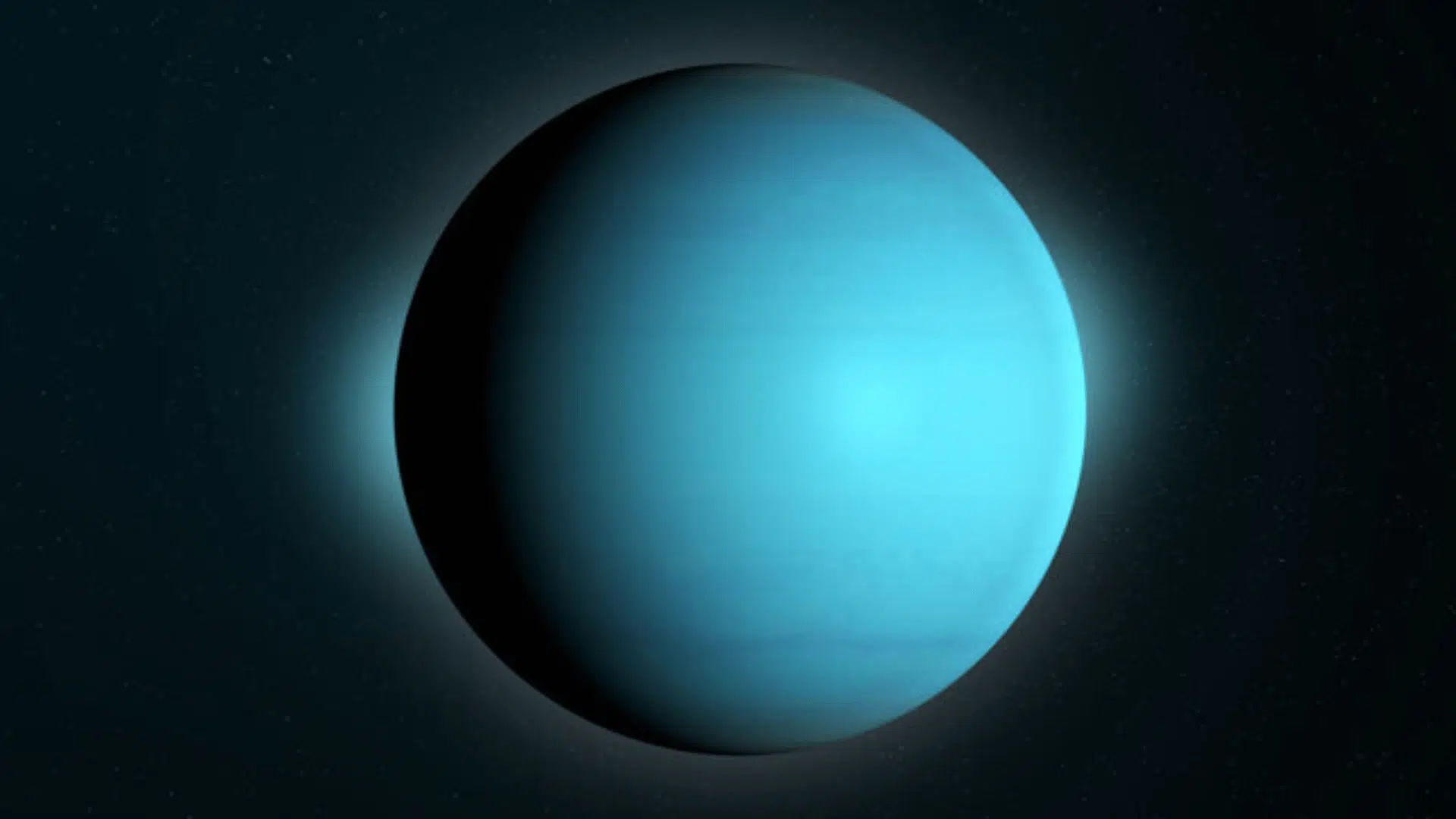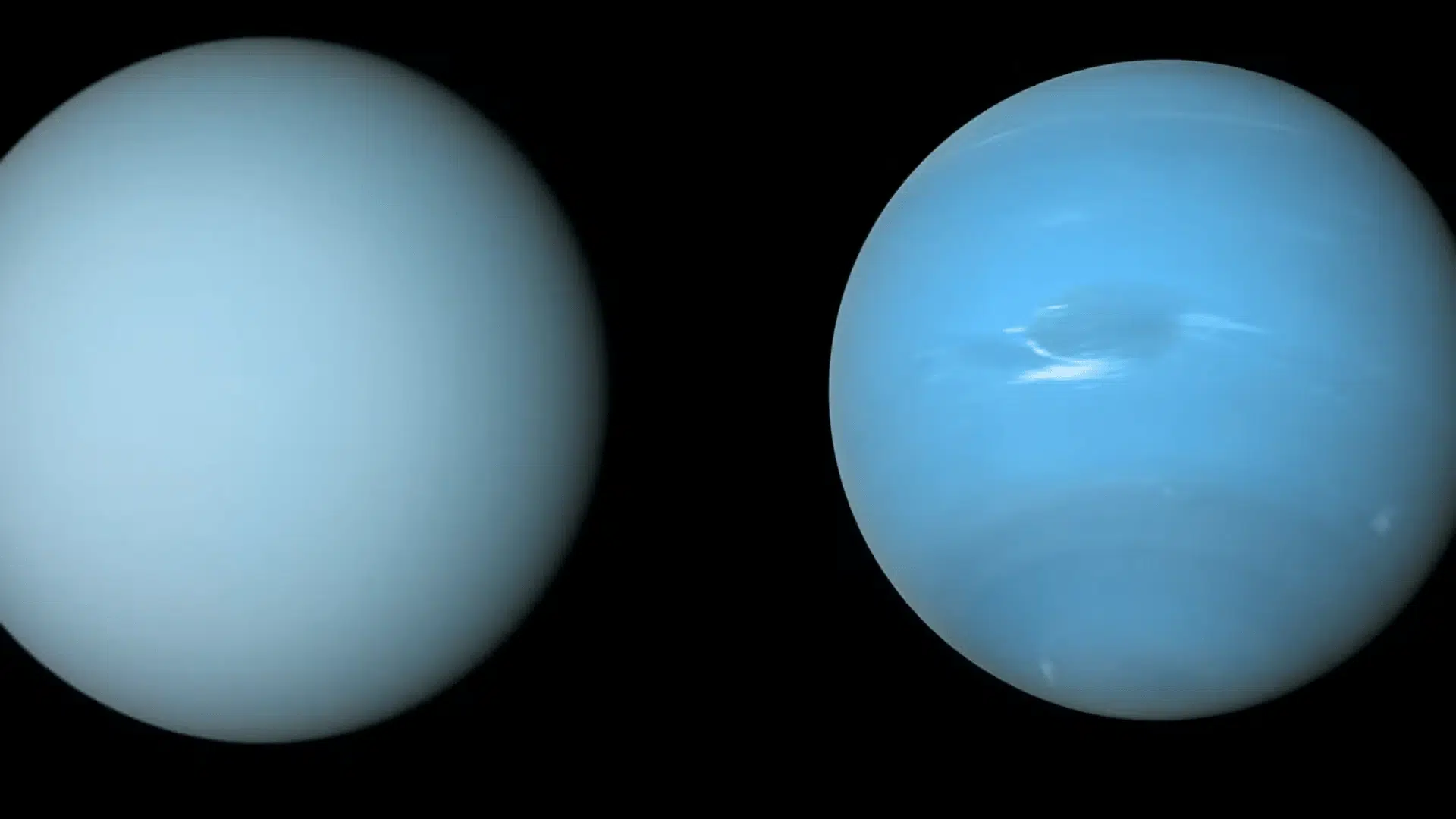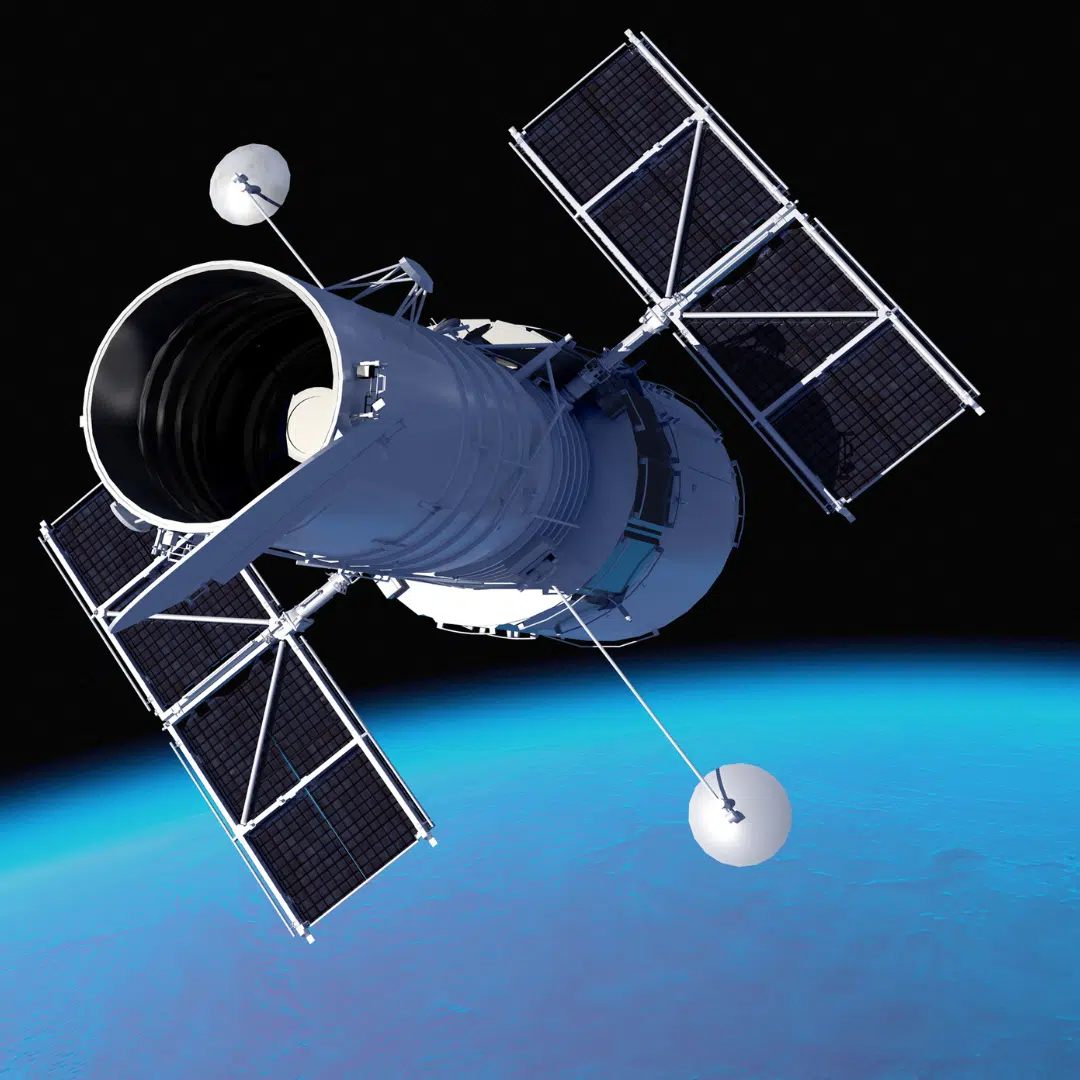The planets in our solar system range from extremely hot to freezing cold, each with its own unique conditions.
But which one is the coldest? Many people assume it’s the planet farthest from the Sun, but the answer might surprise you.
Temperature in space depends on more than just distance; factors like atmosphere, tilt, and internal heat also play a big role.
In this blog, we’ll learn which planet holds the record for being the coldest and what causes such icy temperatures in the outer reaches of our solar system.
Which is the Coldest Planet?
When we think of the farthest planet from the Sun, Neptune seems like the coldest world, but the coldest planet in our solar system is actually Uranus.
Despite being the seventh planet from the Sun, Uranus has recorded temperatures as low as -224°C (-371°F), making it the chilliest planet we know.
Unlike Neptune, which gives off heat from deep within its core, Uranus remains much colder. Its weak internal energy, thin atmosphere, and unusual tilt all contribute to its icy nature.
But what exactly makes Uranus so cold? Let’s look at the main reasons behind its freezing temperatures.
Why is Uranus so Unusually Cold?


Image Source: Adobe Stock
Several factors make Uranus the coldest planet in our solar system:
1. Lack of Internal Heat
Most giant planets, like Jupiter and Neptune, radiate more heat than they receive from the Sun thanks to leftover energy from their formation and ongoing processes in their cores.
Uranus is different. It emits almost no excess heat, suggesting that its interior doesn’t release energy in the same way. Without that internal warmth, its atmosphere remains cold.
This suggests Uranus has a very low internal heat source, possibly due to its formation history or internal structure.
2. Extreme Axial Tilt
The primary reason is Uranus’s extreme 98-degree axial tilt – it essentially rotates on its side. This unusual orientation causes one pole to face the Sun for decades while the other sits in darkness.
This means each pole experiences about 42 years of continuous sunlight followed by 42 years of darkness as it orbits the Sun.
This unusual orientation prevents efficient heat distribution around the planet, leaving much of it perpetually cold.
3. Atmospheric Composition
Uranus’ atmosphere is made up mostly of hydrogen, helium, and methane. While methane gives the planet its striking blue-green color, the atmosphere is not thick enough to trap much heat.
This means whatever little warmth Uranus gets from the Sun quickly escapes back into space
This composition, combined with the lack of strong atmospheric circulation driven by internal heat, means there’s little to trap and redistribute what little heat exists.
4. Possible Ancient Collision
Scientists believe Uranus may have experienced a massive collision with a planet-sized object early in its history.
This event could have knocked the planet onto its side and disrupted its interior, possibly explaining why Uranus doesn’t generate the same level of internal heat as other planets.
Unlike its fellow gas giants that glow with internal heat, Uranus appears quiet and “switched off.” Scientists believe a colossal ancient impact may be the reason behind its frozen, mysterious state.
Uranus vs Neptune: Temperature Comparison


Image Source: Le Monde
Look at how Uranus and Neptune compare in terms of temperature and planetary features:
| Feature | Uranus | Neptune |
|---|---|---|
| Average Temperature | -224°C (-371°F) – coldest recorded in the solar system | -214°C (-353°F) |
| Distance from the Sun | 7th planet – ~2.9 billion km away | 8th planet – ~avg 4.5 billion km away |
| Internal Heat Output | Almost none – appears “switched off” | Radiates ~2.6x more energy than it receives |
| Axial Tilt | Extreme tilt of 98°, causing decades-long seasons | Moderate tilt of 28°, more balanced seasons |
| Atmospheric Activity | Relatively stagnant heat distribution and winds | Extremely dynamic with storms and winds. |
Fun Facts About Uranus’ Cold Temperatures
Even though Uranus is the coldest planet in the solar system, its icy atmosphere and extreme tilt make it full of surprises. Below are some fun and fascinating facts about its freezing nature:
1. Wild Winds in a Frozen World: Despite its icy stillness, Uranus has fierce winds reaching up to 900 km/h (560 mph), racing across its frigid atmosphere.
2. A Tilted Past: Uranus’s sideways rotation hints at a massive collision long ago — a clue to its frozen and mysterious nature.
3. Icy Moons: Uranus has 29 known moons, many covered in ice, orbiting their cold planet like frozen companions in space.
Lessons from Uranus’s Cold Climate
Uranus’s freezing temperatures do more than surprise astronomers; they teach us valuable lessons about how planets work.
- Distance isn’t Everything: Uranus proves that being farther from the Sun doesn’t always mean being colder. Internal heat and atmosphere matter just as much.
- Atmosphere Shapes Climate: A planet’s atmosphere determines how much heat it can trap. A thick one can hold warmth, while a thin one, like Uranus’s, lets it escape.
- Extreme Cold in Perspective: The temperatures on Uranus are so low that water and air from Earth would instantly freeze solid.
- Sunlight and Distance: It takes about 2 hours and 40 minutes for sunlight to reach Uranus, showing just how far this icy planet truly is.
Conclusion
Uranus reminds us that the universe rarely follows simple rules. Each planet has its own story shaped by time, motion, and unseen forces.
Studying worlds like Uranus helps scientists understand how differences in structure and history create such variety across our solar system.
It also shows how much remains unknown. Even the most distant planets can change what we believe about space and its workings.
The search to understand them is not just about finding answers but about keeping curiosity alive for the endless questions that still lie ahead.


















